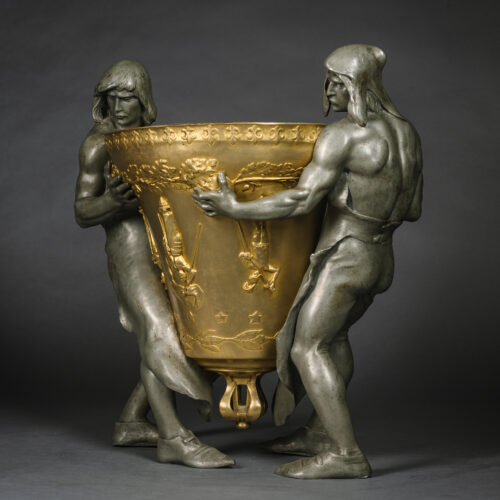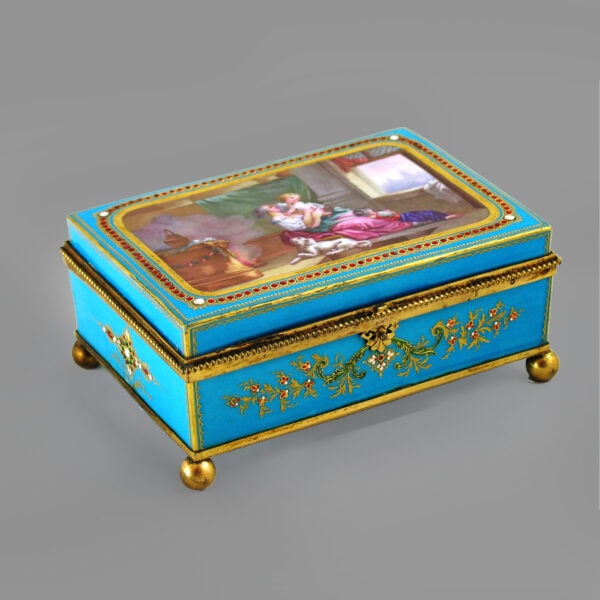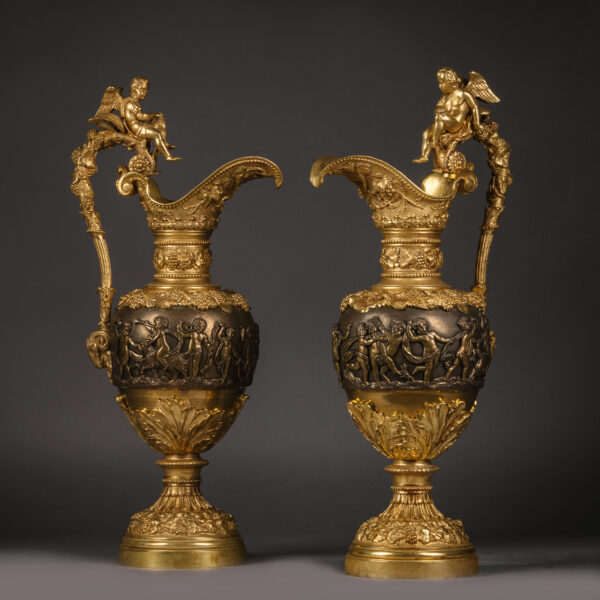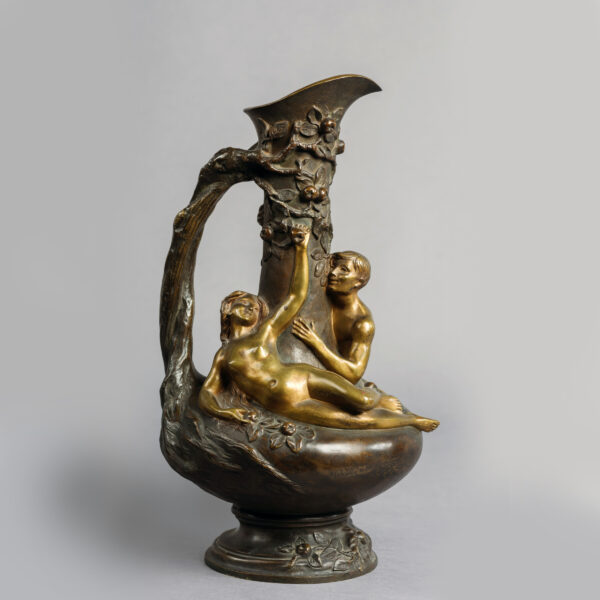波德利之家
一对路易十六风格的鎏金铜和抛光钢烛台
£6,500
一对路易十六风格的鎏金铜和抛光钢制烛台,作者是埃马纽埃尔-阿尔弗雷德(dit Alfred II)-博尔德利。 每个烛台都被塑造成了一个巴洛克式的普陀。
尺寸
高度:25厘米(10英寸)宽度:9厘米(4英寸)
深度:9厘米(4英寸)
描述
一对路易十六风格的鎏金铜和抛光钢制烛台,作者是埃马纽埃尔-阿尔弗雷德(dit Alfred II)-博尔德利。
每个模型都是一个站在手鼓上的Bacchic Putto,头顶上有一个水果篮子,里面藏着一个蜡烛喷嘴。抛光钢的圆形平展底座上面有珠子带和硬叶底。
法国,约1880年。
比较一下C.Mestdagh, L'Ameublement d'art français 1850-1900, , Les éditions de l'Amateur, Paris, 2010, p. 275 (fig. 324)中的一对烛台图。一对属于博尔德利收藏的相同的烛台于1979年5月16日售出(Ribault-Menetier-Lenormand, Palais d'Orsay, lot n°22)。
日期
约1880年
原产地
法国
中型
金铜色
签名
印有Beurdeley的 "BY "字样
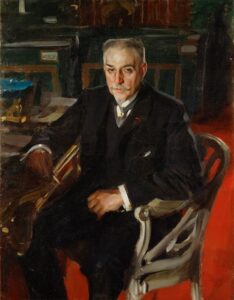
Emmanuel-Alfred (dit Alfred II) Beurdeley (1847-1919)
The Beurdeley family were a flourishing dynasty of three generations of fine quality cabinetmakers working from 1818 to 1895. The firm was particularly well known for its exceptional metalwork, most commonly basing their designs on important eighteenth century examples. Their mercurial gilding and hand chasing are often of such a high standard that it is difficult to distinguish them from late eighteenth century work.
The founder of the dynasty Jean Beurdeley (1772-1853) was a Burgundian craftsman conscripted into the Napoleonic army. After hostilities ended in 1815 he settled in Paris opening a shop for curiosités and working as a latter day marchand mercier. Initially based on the rue Saint-Honoré, in 1840 Beurdeley moved to the famous Hanover Pavilion situated on the corner of rue Louis-Legrand and boulevard des Italiens, and the business was run by his only surviving son, Louis-Auguste-Alfred (dit Alfred I) Beurdeley (1808-1882). This successful business, which had numerous official commissions including in 1853 the marriage coffer for the Empress Eugénie, was continued by Alfred I’s son, Emmanuel-Alfred (dit Alfred II) Beurdeley (1847-1919).
The success and reputation of the firm continued under Alfred II who took over from his father in 1875 and won a gold medal at the 1878 Paris Exposition Universelle. Following on from this glory, he went on to open a shop in New York. His participation in the 1883 Amsterdam Universal Exhibition drew even further attention to his work, and possibly as a result he was awarded the Ordre National de la Légion d’Honneur, France’s highest official mark of recognition. Beurdeley’s most magnificent display was at the Chicago World’s Fair of 1893 when they advertised themselves as ‘makers of furniture and decorative bronzes in the antique styles’ from ‘French Historic Castles’. Centerstage, surrounded by an impressive selection of wares was Beurdeley’s magnificent replica of the ‘Bureau du Roi’, perhaps the most famous piece of furniture ever made.
Beurdeley received substantial commissions for the American titans of the Gilded Age and his increasing popularity with America’s industrialists was underscored by his participation in the Chicago World’s Fair. Beurdeley supplied various objects and furnishings for the renovation of The Cornelius Vanderbilt II Mansion, described as an ‘early French Renaissance style château’, at the northwest corner of West 57th Street and 5th Avenue in New York, including a bronze-mounted marble fire surround which had been exhibited in Chicago. Probably under the direction of interior decorator Jules Allard & Fils, Beurdeley executed numerous bronze and marble objects for Cornelius Vanderbilt’s Newport ‘cottage’, The Breakers (see in C. Mestdagh, op. cit., pp. 128-123).
Beurdeley was renowned for making exquisite reproductions of celebrated pieces by the master makers of the Ancien Régime. The quality of the firm’s reproductions is such that they are often mistaken for period originals and Beurdeley predominantly owed its considerable commercial success to supplying furniture in the ‘French Royal Styles’ for the 19th century collecting elite. A masterpiece of French furniture might remain out of reach in a noble or museum collection, but a 19th century collector visiting exhibits such as the 1865 Musée Retrospectif could commission an exquisitely crafted replica and thus show their sophisticated taste. In the 19th century, commissioning furniture in this way was a legitimate antiquarian interest which demonstrated an appreciation for, and understanding of, the historical importance of art, a trend notably championed by 4th Marquess of Hertford, founder of the Wallace Collection. The copies were not designed to deceive, as nearly all works were prominently marked by Beurdeley, whose genius captured the true essence of the original. Throughout their history Beurdeley also innovated by employing their considerable technical and artistic abilities to create new designs or meld elements of those so greatly admired in the 18th century. Alfred II created new designs of his own which are inspired by and indebted to the Louis XV and Louis XVI styles, but credited as entirely his own: ‘all designed according to the imagination of the manufacturer, his personal vision of styles and not with the aim of imitation. You should know that Mr. Beurdeley does not copy old models as so many others do; but he creates in a given style’ (Bergerat Emile, « Art Industriel, L’ébénisterie », Les chefs d’œuvre d’art à l’Exposition Universelle, Paris, 1878).
The company’s workshops finally closed in 1895 and Beurdeley’s stock was sold over a number of auctions conducted by Galerie Georges Petit of Paris. Two catalogues of the collection were published in 1895 and sales were held between 6-8 March and again on 27-28 May.
The originality and the incredible quality of Beurdeley’s work make them pre-eminent amongst Parisian makers of meubles de luxe. In addition to various works held by museums and historic collections, over the past twenty years academic research and an appreciation for the superb quality of their furniture and works of art has stimulated a growth in demand for pieces by Beurdeley.
Bibliography:
Ledoux – Lebard, Denise. Les Ébénistes du XIXe siècle, Les Editions de L’Amateur, (Paris), 1984; pp. 75-82.
Mestdagh, Camille & Lécoules, Pierre. L’Ameublement d’Art Français, 1850-1900, Les Editions de L’Amateur, (Paris), 2010; pp.262-276.
Meyer, Jonathan. Great Exhibitions – London, New York, Paris, Philadelphia, 1851-1900, Antique Collectors’ Club, (Woodbridge, UK), 1984 ; pps. 175, 247, 269, 270, 290, 298.
皮埃尔-勒库尔收藏,巴黎。
C.Mestdagh,L'Ameublement d'art français 1850-1900, Les éditions de l'Amateur, Paris, 2010, p. 275 (fig. 324).
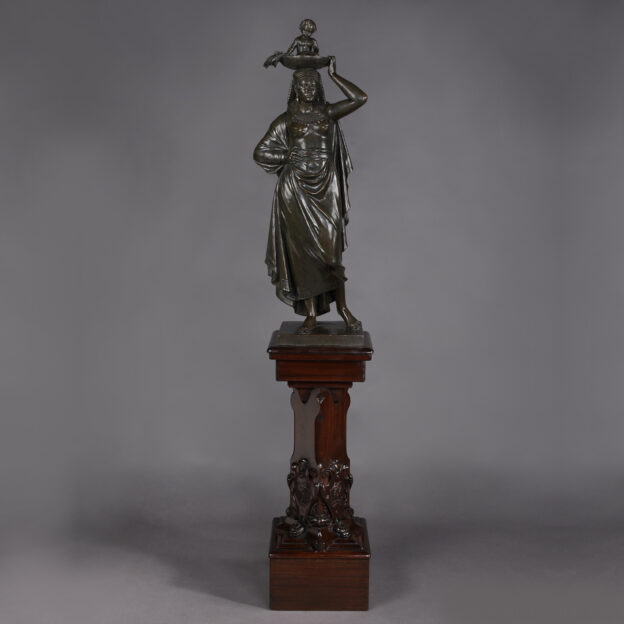




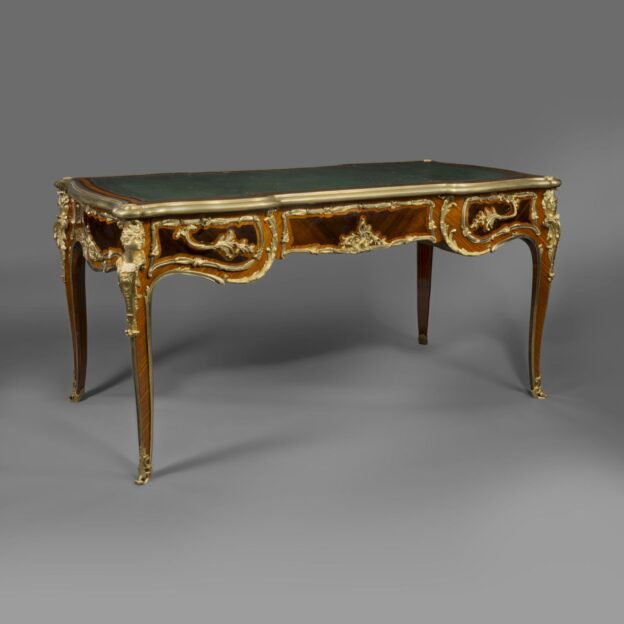
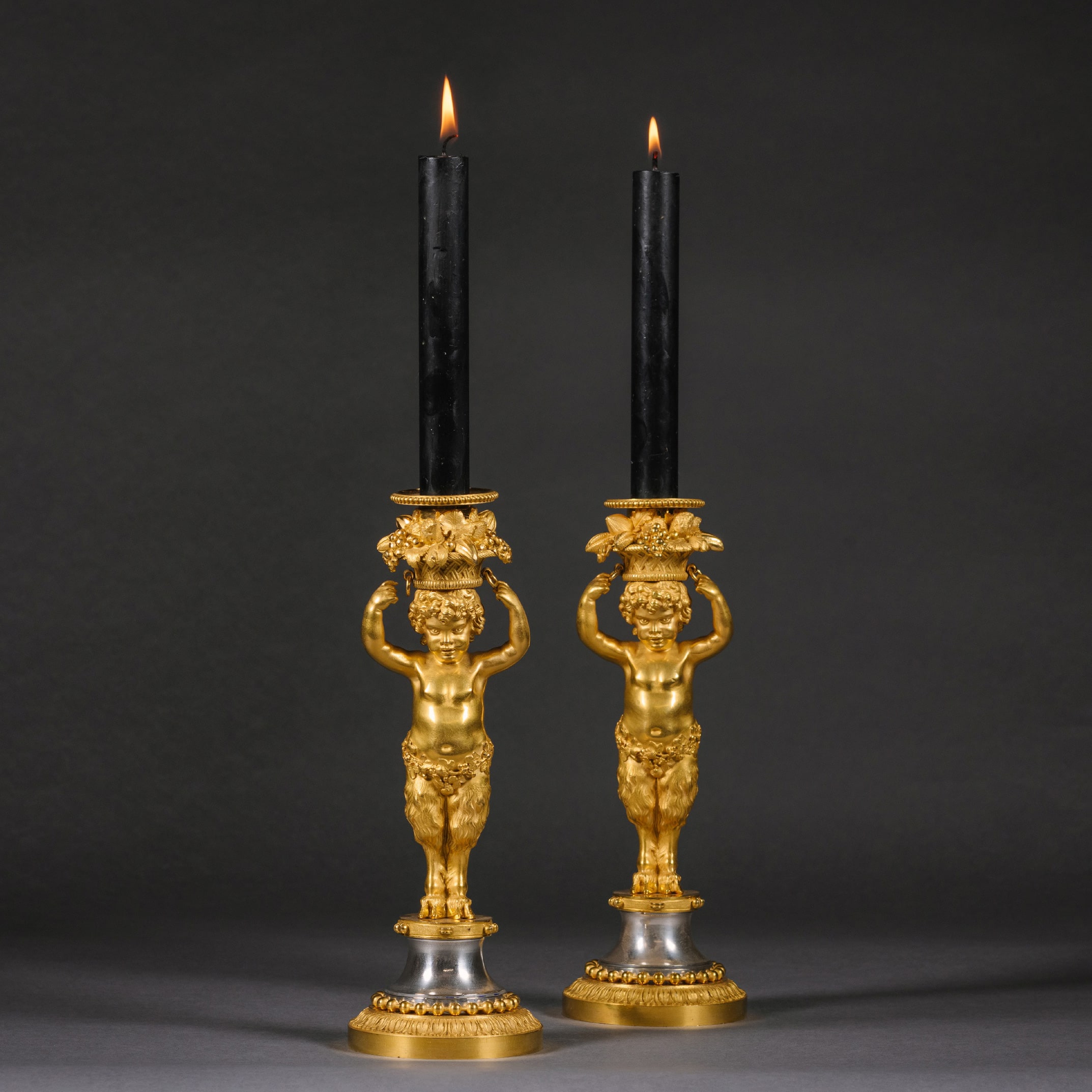
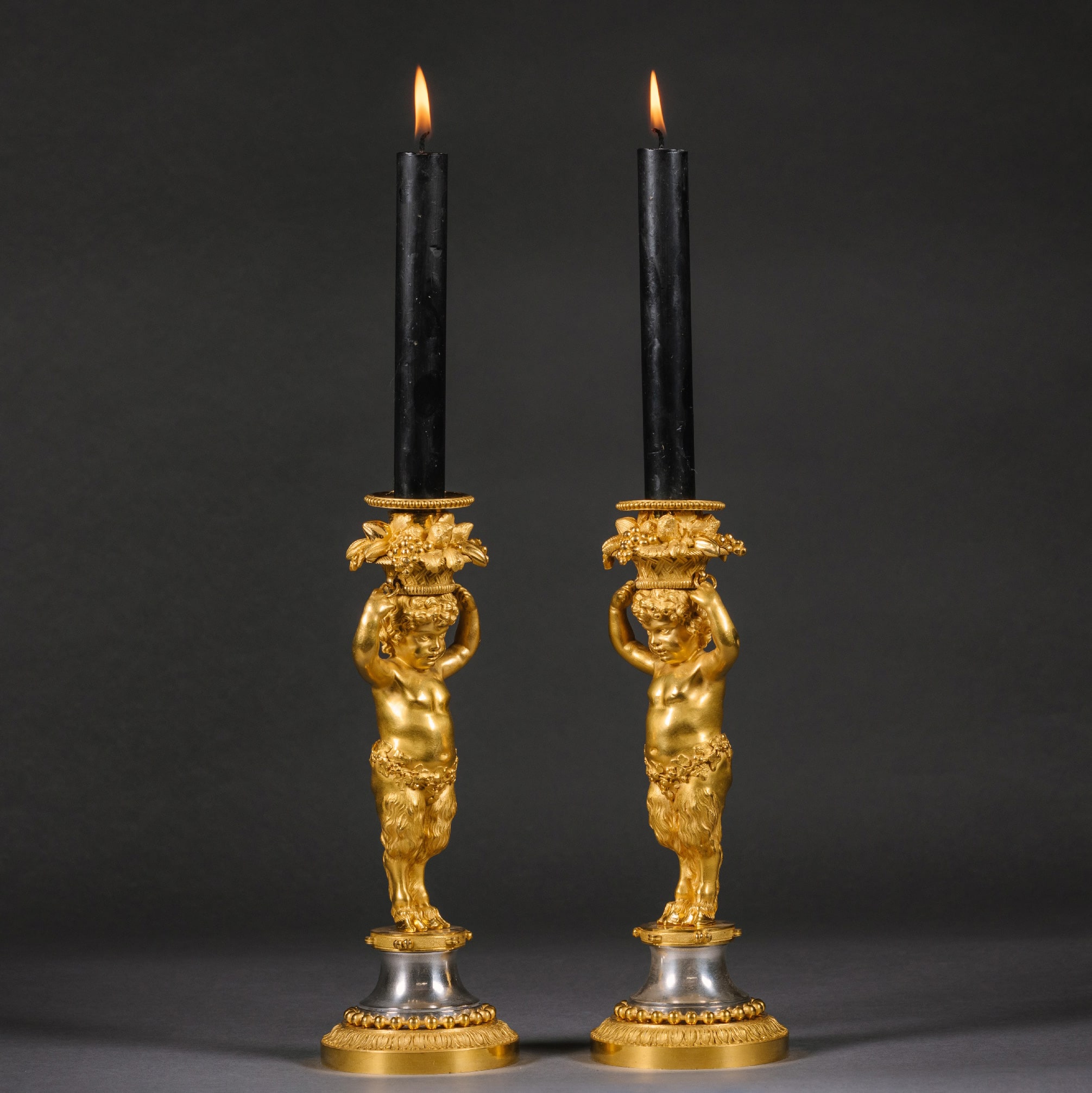

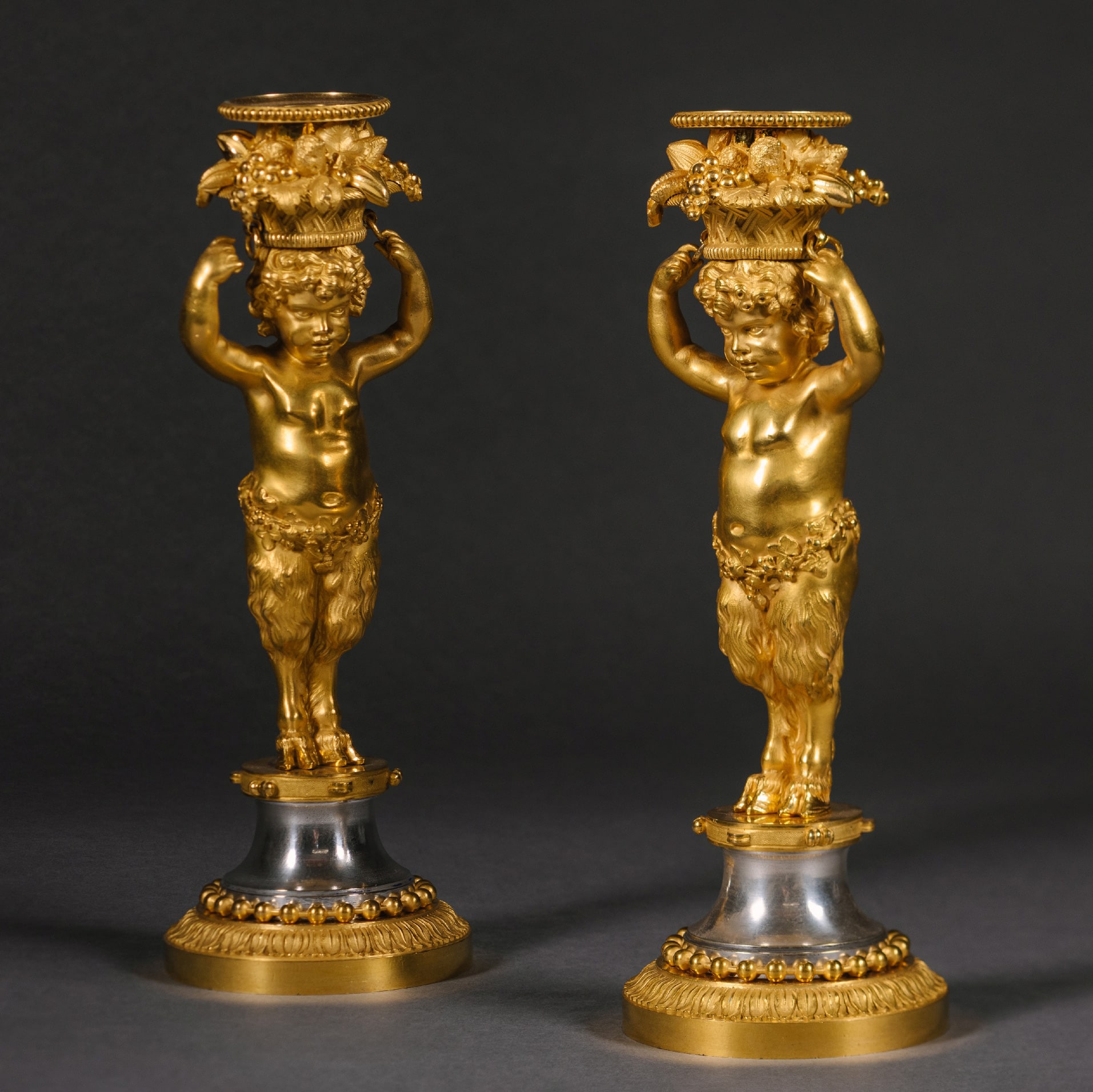
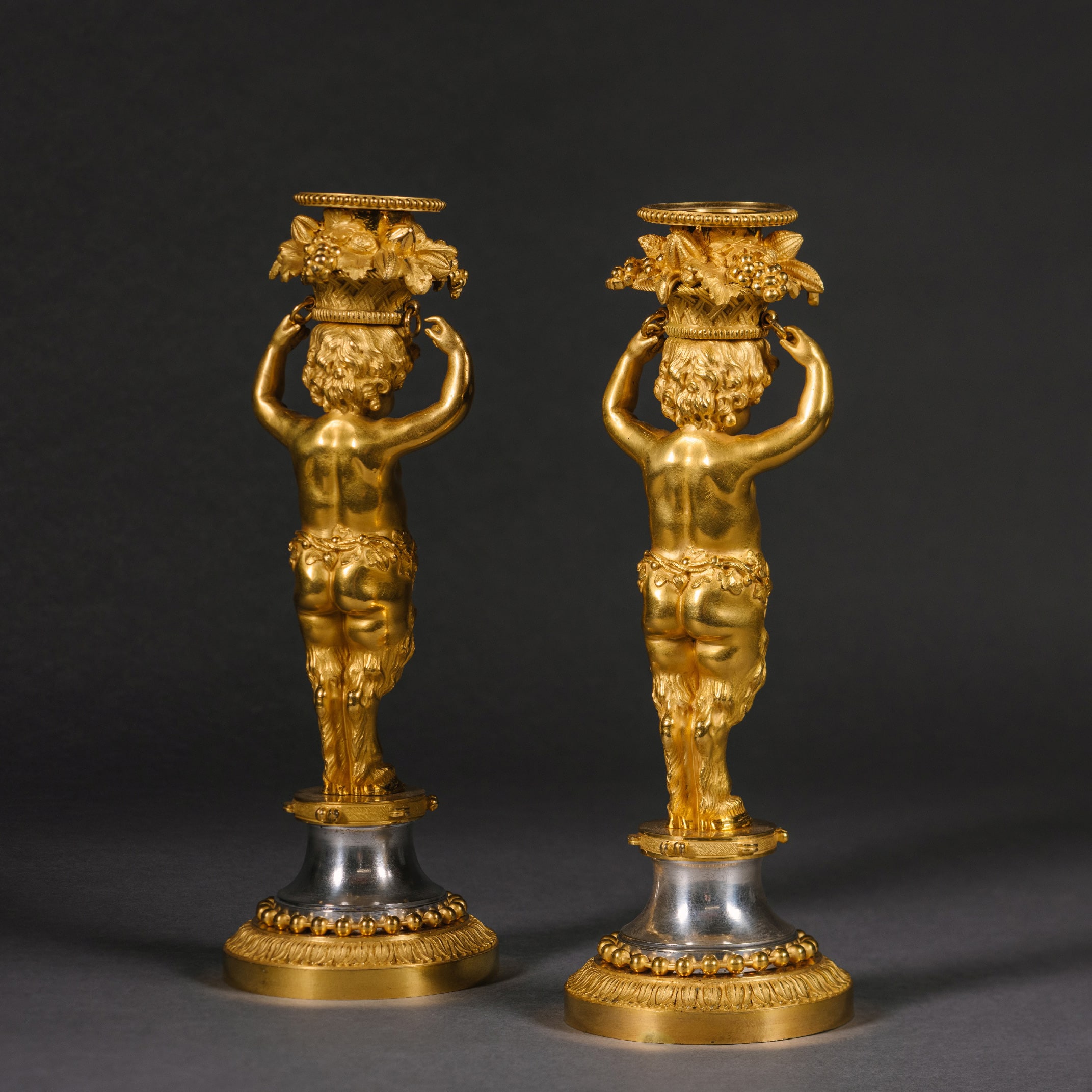
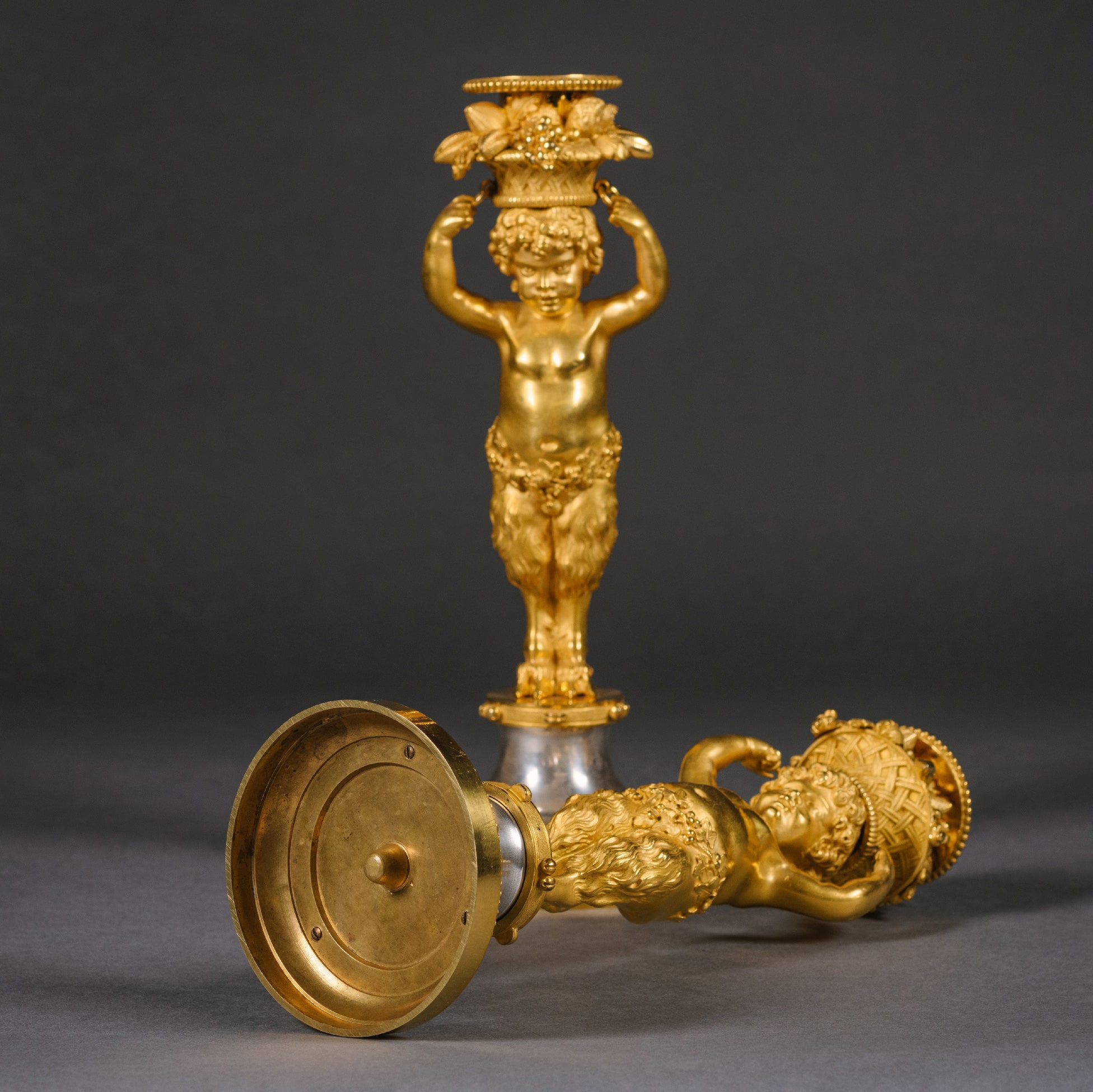
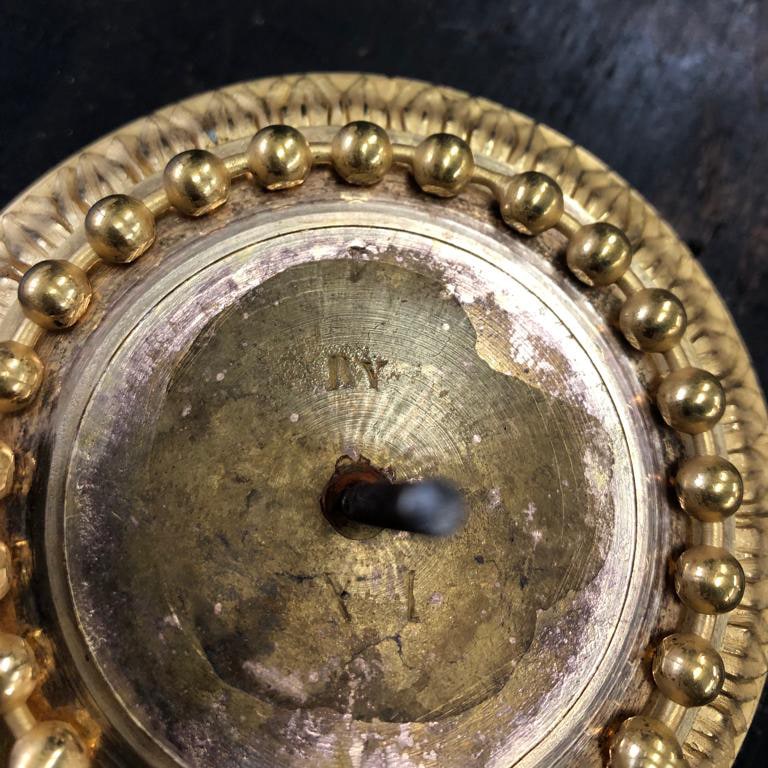
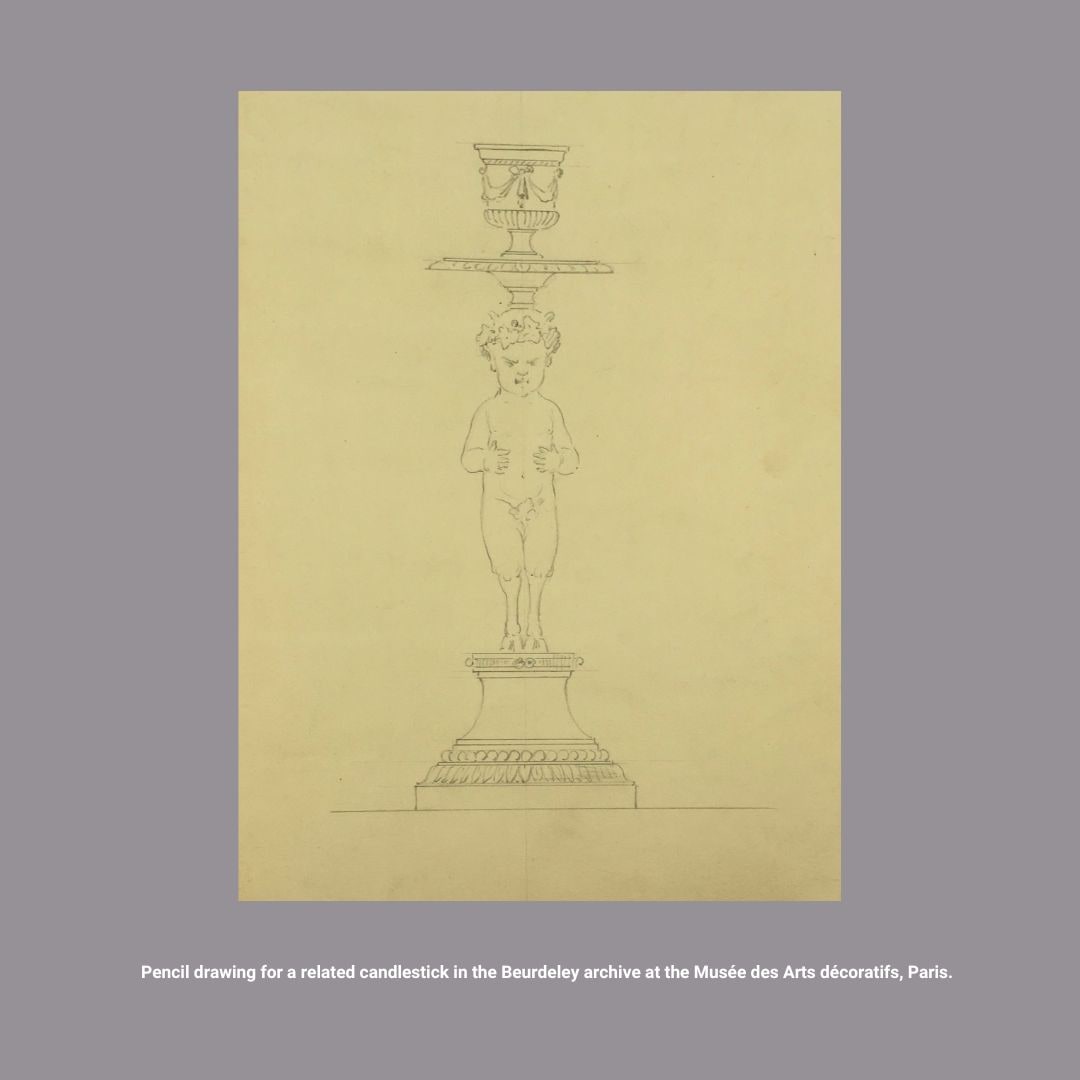

 印刷品
印刷品